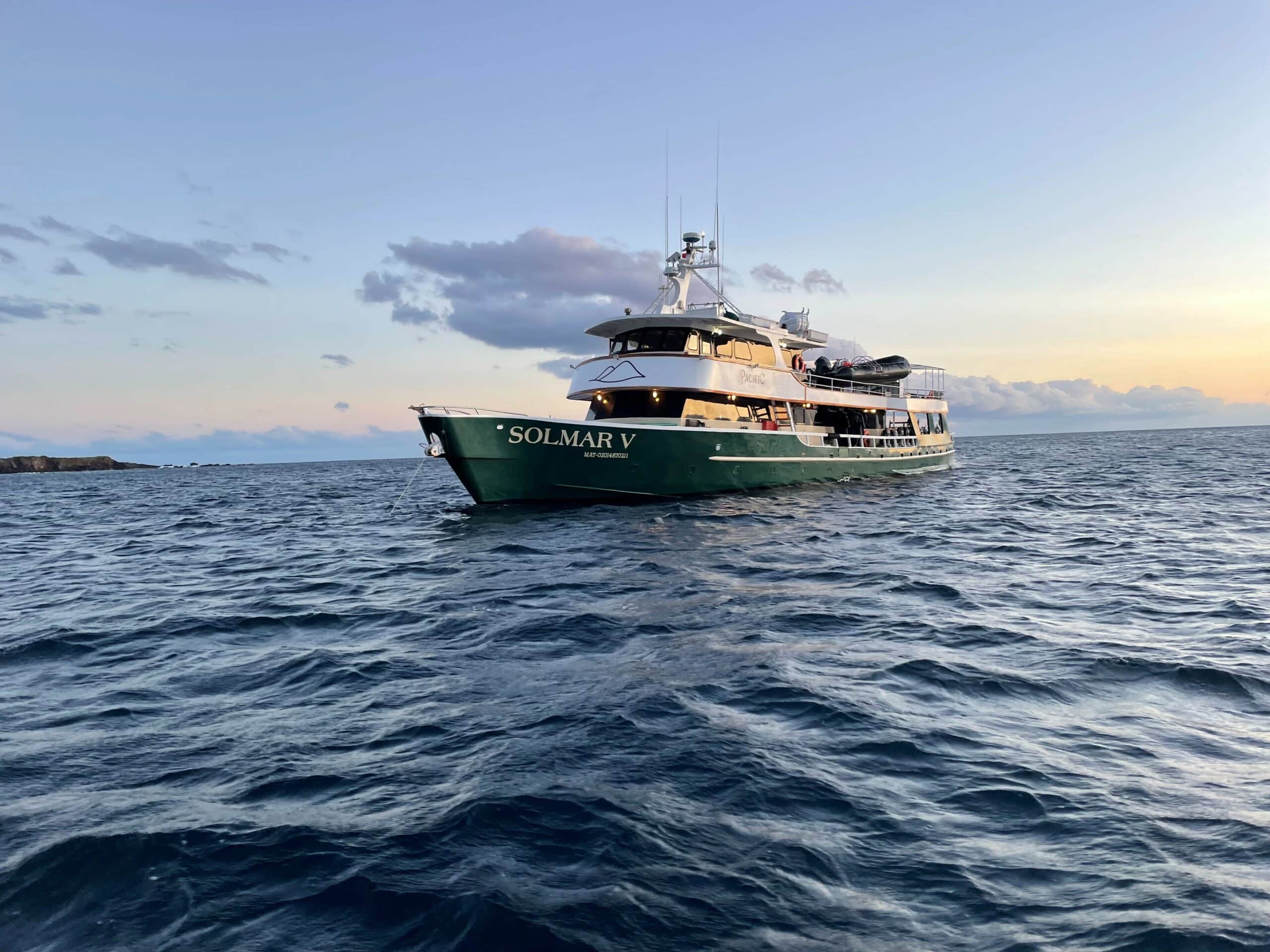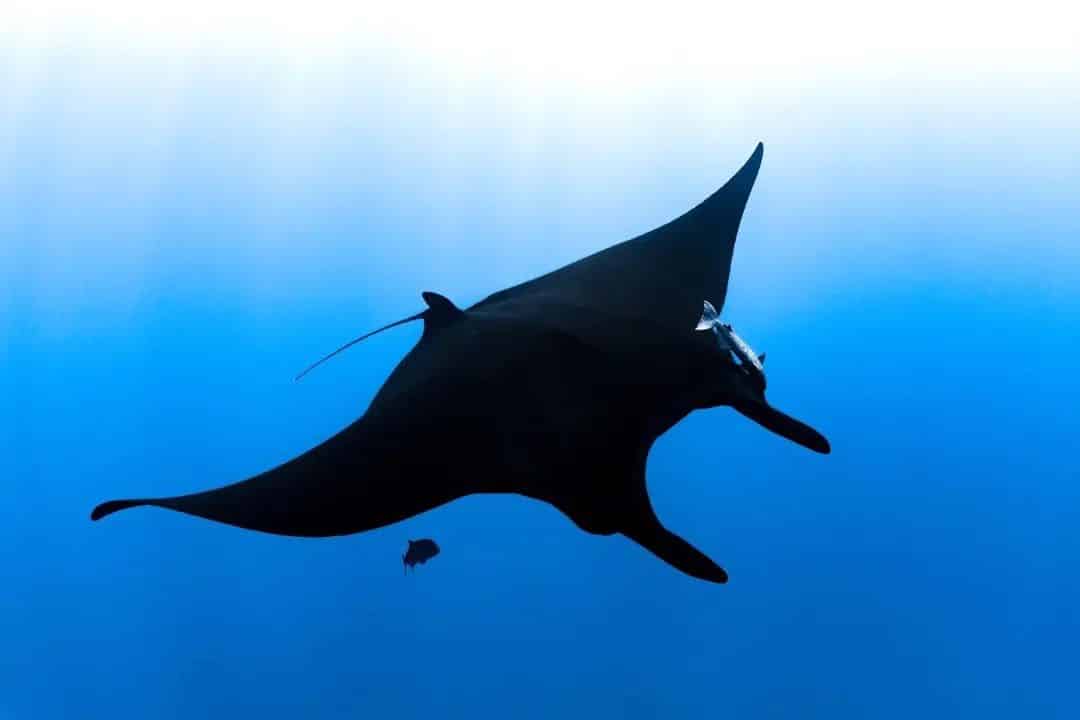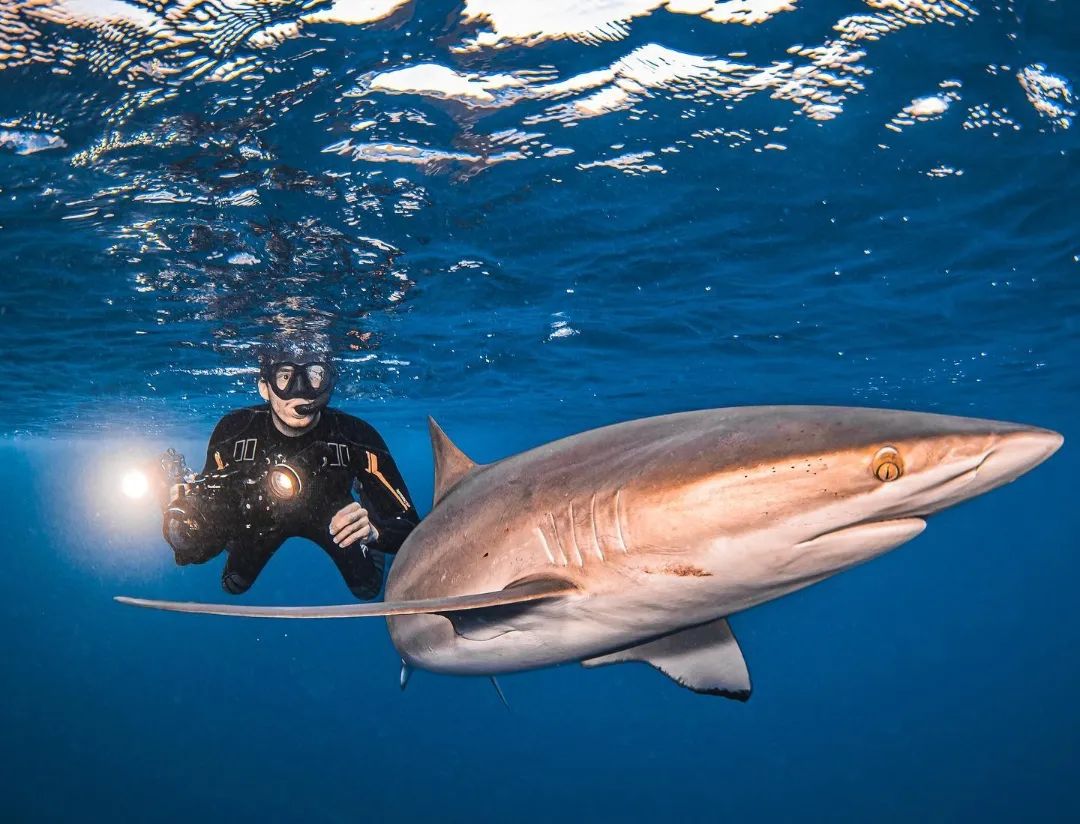Diving in Mexico: a complete guide
Diving in Mexico is an adventure for any diving enthusiast. From the cenotes in Tulum to the impressive sea lions in La Paz to the fantastic drift dives at Cozumel, there is something for everyone. Mexico offers a unique variety of diving experiences, from colorful coral reefs in the Caribbean to great marine life on the Pacific side, and even underground caves. In this guide, we help you choose the best diving destinations, with tips on the marine life and experiences you won’t want to miss.
Table of contents
General information about Mexico
Mexico is one of the most diverse countries in the world, with a rich culture, impressive nature and a diverse climate. The country has both Caribbean and Pacific coasts, which makes for a wide range of dive sites. From vibrant coral reefs to impressive caves, Mexico offers something special for every diver. It is easily accessible, with excellent diving schools and facilities, making it a top destination for beginners and advanced divers alike.
Why dive in Mexico?
Mexico is one of the most popular diving destinations in the world, and that’s because of its vast diversity of dive sites and rich marine life. The country sits on the edge of the Mesoamerican barrier reef, the second largest coral reef in the world, making it a hotspot for marine life. From colorful coral reefs to the impressive cenotes of Yucatán, Mexico offers something for every diver.
There is an impressive variety of marine life, from small nudibranches and reef fish to larger animals such as manta rays, turtles and whale sharks. Divers can also do spectacular drift dives, especially in Cozumel, where with a little luck you may encounter large schools of fish, rays and even whale sharks. In addition, the underwater caves in La Paz and the cenotes in Yucatán offer a unique experience, with crystal clear water and spectacular underwater formations. It’s fun for advanced divers, but also if you just started diving. And it’s also a good place to go for tec divers.
Best travel time for diving in Mexico
Because there are so many different places to dive, you can actually go there all year round. Of course, you can take certain seasons into account, especially if you come for the sardine run, for example, or just for whale sharks.
If you had to choose one period, the best travel time for diving in Mexico is from December to April. This is the dry season, making water temperatures comfortable and underwater visibility optimal. This period is ideal for Cozumel and Tulum, and also offers the best conditions for cenote diving in Yucatán.
| Location | Best travel time | Water temperature | Marine life |
|---|---|---|---|
| Cozumel | Dec – Apr | 26-29°C | Large schools of fish, manta rays, turtles |
| La Paz | Jun – Nov | 27-30°C | Sea lions, whale sharks, mobula rays |
| Tulum | Dec – Apr | 24-27°C | Nudibranchs, reef fish, larger fish |
| Yucatán | Nov – Apr | 24-26°C | Freshwater life, carp, small fish |
When can you see whale sharks?
Whale sharks are best seen in La Paz from October to April. During these months, they migrate along the Baja California coast, where they feed on plankton. This is the ideal time to experience them up close, often while snorkeling or diving in the warm, clear waters of the region.
Whale sharks can also be seen in Cozumel and Tulum, but their presence is less predictable than in La Paz. In Cozumel they can usually be spotted between June and September, while in Tulum the best chance is in the summer months. The chances of seeing whale sharks are greatest in the waters around the islets off the coast of Tulum, where they feed on plankton.
When can you see hammerheads?
The best time to see hammerhead sharks in Socorro (Roca Partida and San Benedicto) is from November to May. During these months, hammerhead sharks migrate to the waters surrounding the Socorro Islands, offering divers the chance to see them in large schools. This is also the season for other impressive animals, such as manta rays and white sharks.
When is the sardine run?
The Sardine Run in La Paz takes place from June to September. During these months, huge schools of sardines come to the waters around Baja California, leading to a spectacular underwater experience. Whale sharks, dolphins, sharks and other marine life prey on the sardines, making it a great time to witness this impressive event. It is one of the best times to dive in La Paz.
Best dive sites in Mexico
Mexico offers some of the best diving sites in the world, with an incredible variety of underwater experiences. From the colorful coral reefs at Cozumel and Playa del Carmen, to the mystical cenotes of Tulum. La Paz, famous for its sea lions and whale sharks, offers a unique experience on the Pacific side, while Socorro, with its impressive hammerhead sharks and manta rays, is a must for adventurous divers. Each location has its own charm and offers a different side of Mexico’s rich marine life.
Cozumel and Playa del Carmen: diving in the Caribbean sea
- Season: Throughout the year
- Marine life: Eagle rays, turtles, nurse sharks, bullsharks
- Level: For both beginner and advanced divers
In Playa del Carmen and Cozumel, diving offers a relaxing Caribbean experience characterized by warm waters and excellent visibility. The diversity of marine life, including eagle rays, seahorses and turtles, enrich the diving experience. In addition, depending on the season, divers have the unique opportunity to observe whale sharks and bull sharks. Often you will stay in All-Inclusive hotels here.
Cozumel is an excellent year-round diving destination, with water temperatures remaining constant between 25-28ºC. The season is almost year-round, with about 300 diveable days. Currents can be strong, especially during seasonal changes. From November to March, the chances of seeing bullsharks are highest. From May to September, the water is warmer and conditions calmer, ideal for those who enjoy calm diving.
Tulum: diving in the caves of Mexico
- Season: all year round
- Level: varies by cenote, but good if you already have experience
- Best-known cenotes: Dos Ojos, The Pit
Going diving in the Cenotes of Tulum? Then you can suddenly find yourself in one of the famous cenotes such as Dos Ojos, Gran Cenote and The Pit. These cenotes are known for their clear water, special light and beautiful overwater environment. There is an important distinction between cavern diving and cave diving in these cenotes. If you go to the cenotes as a recreational diver, you will make cavern dives led by an experienced cave guide. Cavern diving takes place within the natural light range of the entrance (max. 60m) and is suitable for the average diver, without special equipment. Cave diving, on the other hand, requires special training and equipment, as it takes place outside the range of natural light, deep inside the cenote.
Socorro: diving at the Revillagigedo Islands
- Season: from November to June, top months are from January to April
- Marine life: hammerhead sharks, tiger sharks, silky sharks, Galapagos sharks, whale sharks, giant mantas
- Level: advanced, only achievable with a liveaboard
Socorro, part of the Revillagigedo Islands, is meant to be a shark lover’s paradise. Here, with any luck, divers can meet hammerhead sharks, tiger sharks, silky sharks, Galapagos sharks, whale sharks and majestic giant mantas. Due to the remote location of the islands, about 600 km off the coast, diving expeditions to Socorro are only possible via a liveaboard trip, which means divers stay aboard a ship throughout the expedition. The crossing from Cabo San Lucas takes 24-26 hours. This makes a combination with a visit to La Paz, known for its sea lions, ideal.
La Paz: diving in the Sea of Cortez
- Season: June through October for whale sharks and sardine run
- Marine life: sea lions, whale sharks, turtles, orcas, gray whales
- Level: for any type of diver, as well as snorkelers
Located on the rich Sea of Cortez, La Paz is an accessible diving destination from both Cabo San Lucas (Socorro!) and Mexico City. With a pleasant year-round climate, it offers diverse marine wildlife such as sea lions, whale sharks, dolphins, and even hammerhead sharks. Surely the real draw is the whale sharks in Bahia de los Angeles, especially between June and October. La Paz is perfect for divers looking for a beach city vibe – with restaurants, stores etc…. – in addition to nice diverse diving.
Going to Mexico with EWDR
Our travel expert Sergio has spent a lot of time in La Paz and knows Mexico well. He knows exactly which dive sites best suit your needs. Whether you want to dive among colorful coral reefs, explore the famous cenotes in Tulum, or look for large marine life like whale sharks and manta rays, Sergio will help you choose the perfect locations.
At EWDR, we put together customized trips. Consider a tour of Mexico exploring various dive sites, from the Caribbean coast to Baja California. Or combine diving with other adventures, such as exploring the beautiful islands around La Paz or a unique diving experience in the Socorro Islands. We can also arrange for a liveaboard to explore the remote diving areas. Everything is tailored to your level, experience and interests so that you get the most out of your diving vacation.
We offer trips to all places in Mexico, feel free to request a travel proposal.
Solmar V Liveaboard – Socorro, shark paradise.
Socorro, one of the most beautiful dive sites in the world. Definitely in the top 5! Sharks, whale sharks, manta...



